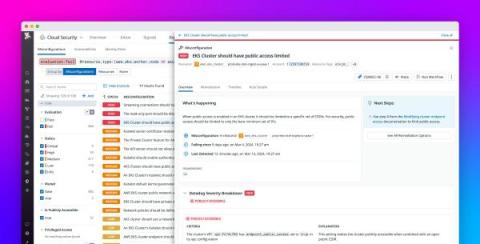Nine Docker pro tips for Node.js developers
If you spend quite a bit of time in the command line, working with Docker images and containers locally to build and test them, you might be in the mood for some power-user Docker commands. We're skipping the basics and diving straight into the lesser-known yet highly effective commands that can significantly improve your Docker experience.











